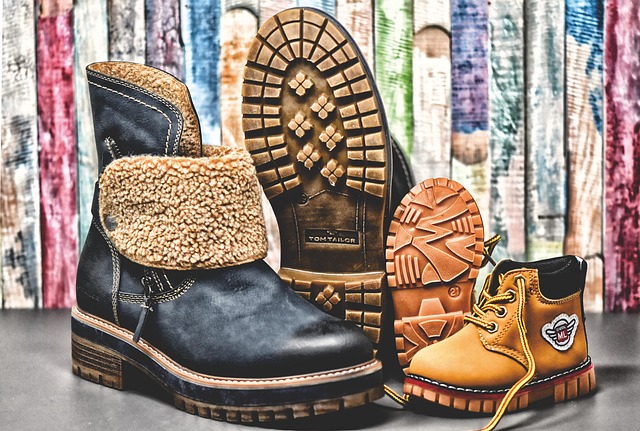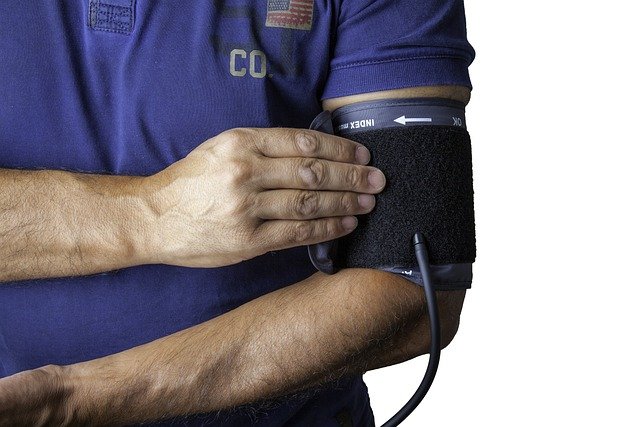High Heels: Styles, Fit, and Wearing Tips
High heels are a category of shoes defined by a raised heel relative to the forefoot, and they have been part of fashion and functional footwear for centuries. This article explains common styles, how to choose shoes that fit and support your feet, where styles like heeled boots and Cuban heels fit into wardrobes, and how the trend of high heels has changed over time.

What counts as high heels?
High heels generally refer to any shoe where the heel is significantly higher than the toe, shifting weight toward the front of the foot. Heel height and shape vary widely, from modest low heels to very high stilettos. Design detail, such as platform soles, block heels, and heel placement, affects comfort and stability. Understanding these differences helps you pick styles suited to your daily needs, activity level, and personal aesthetic.
Choosing shoes for fit and support
Comfort with high heels depends on fit, heel height, and construction. Look for shoes with a supportive sole, a secure heel counter, and enough toe room; a too-tight toe box or a loose heel can cause rubbing and instability. Consider shoes with cushioning in the ball of the foot and a stable heel base. Podiatrists often recommend lower or wider heels for regular wear and advise alternating with flat or supportive shoes. This article is for informational purposes only and should not be considered medical advice. Please consult a qualified healthcare professional for personalized guidance and treatment. For specialized fitting, try local services such as footwear boutiques or orthotics providers in your area.
When to wear heeled boots
Heeled boots combine the ankle coverage of boots with a raised heel and are available in many heel heights and shapes. They can add warmth and structure in cooler months, pair well with tailored trousers or skirts, and often provide more ankle support than some open high-heeled shoes. Choose heeled boots with a stable heel and a comfortable shaft fit if you plan to walk or stand for extended periods. For uneven surfaces or long days, lower block heels or wedge constructions offer improved stability compared with narrow stilettos.
What are Cuban heels and where to wear them?
Cuban heels are a specific heel shape characterized by a slightly tapered back and a straight, somewhat chunky profile, often seen on ankle boots and dress shoes. Historically associated with menswear and dance shoes, Cuban heels are now common across many styles and can offer a balance of height and stability. They work well in both casual and formal settings and can be a practical alternative when you want some lift without the narrowness of a stiletto. Because of their sturdy shape, Cuban heels can be easier to walk in for longer periods.
How the trend of high heels evolved
High heels have moved in and out of fashion cycles, influenced by cultural shifts, manufacturing techniques, and comfort-focused innovations. Recent trends have emphasized varied heel shapes—block, tapered, Cuban—and a broader acceptance of lower and mixed-height heels. Designers and mainstream brands often blend traditional heel silhouettes with modern cushioning, anatomical footbeds, and materials meant to improve fit. The conversation around heels now also includes practical considerations like workplace dress codes, accessibility, and footwear that supports long-term foot health.
Practical tips for wearing and caring for high heels
Rotate pairs to reduce repetitive stress on the same areas of your feet and on the shoes themselves. Use gel inserts or padded liners to reduce pressure on the ball of the foot, and break new shoes in gradually to avoid blisters. Repair worn heels and resole shoes when the soles or heel tips show significant wear; many local services offer resoling and heel replacement in your area. When shopping, try styles later in the day when feet are slightly swollen to get a truer fit, and always walk a few steps in-store or on a hard surface to test stability.
Conclusion
High heels and related styles like heeled boots and Cuban heels offer a wide range of options for different looks and levels of comfort. Choosing the right shoe involves assessing heel height and shape, construction, and fit, and balancing aesthetics with practical wearability. Paying attention to fit, rotating footwear, and seeking appropriate local services when needed can help you incorporate high heels into your wardrobe while managing comfort and foot health.






